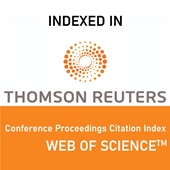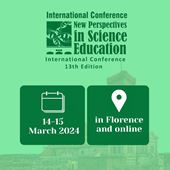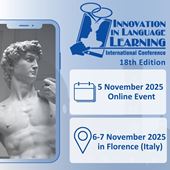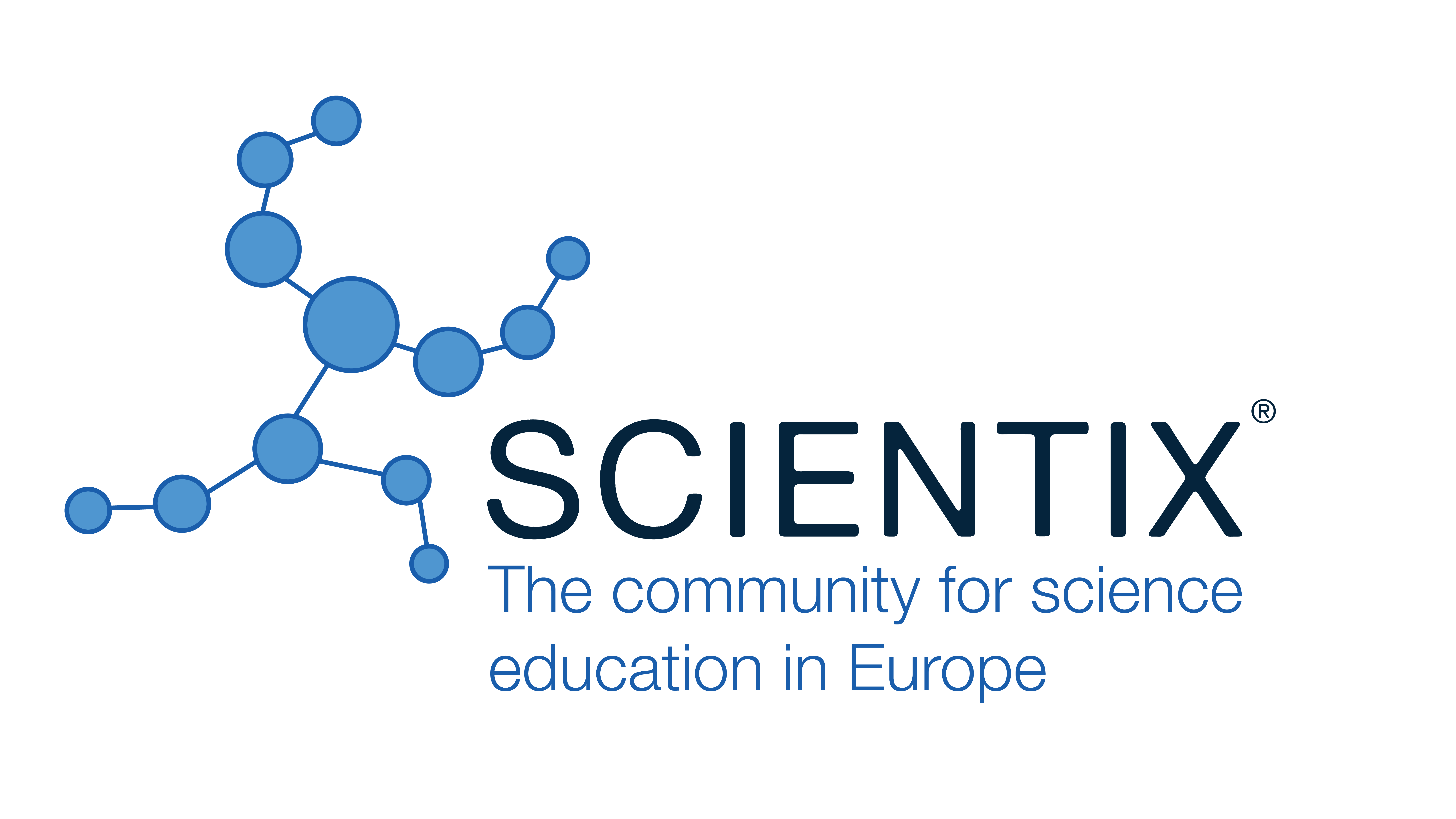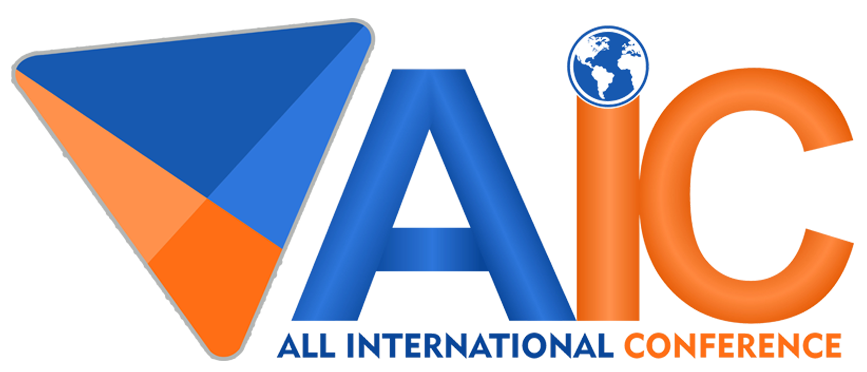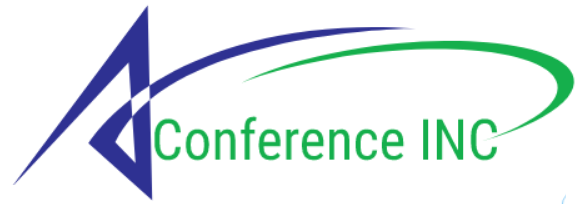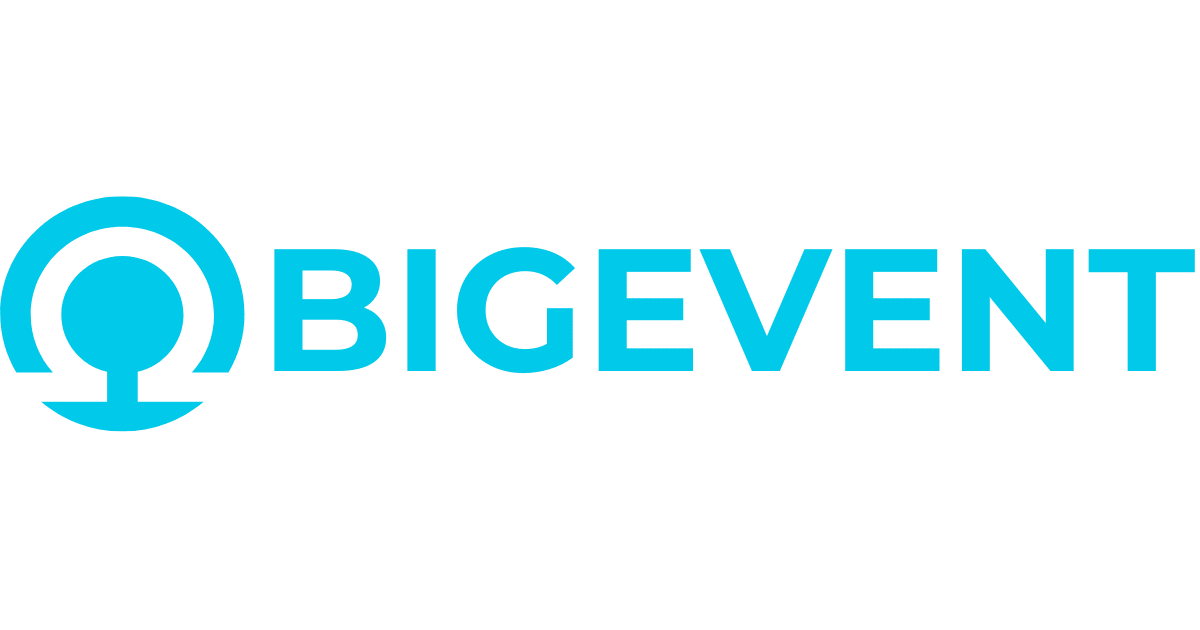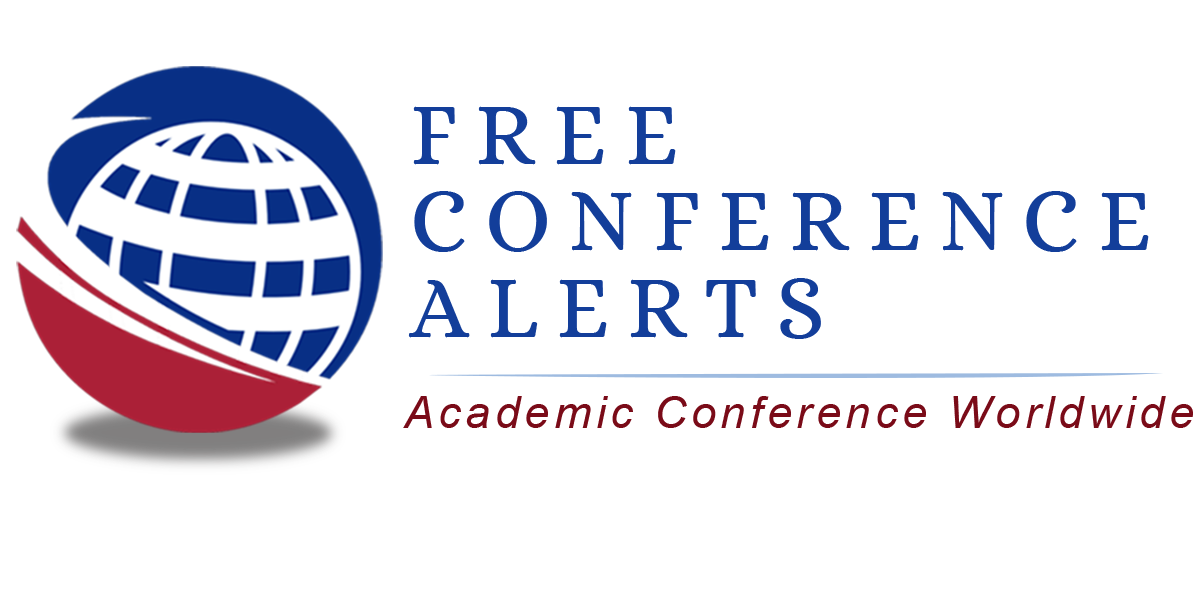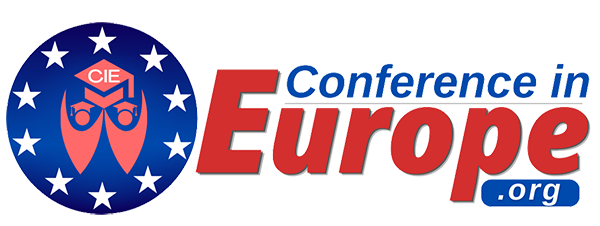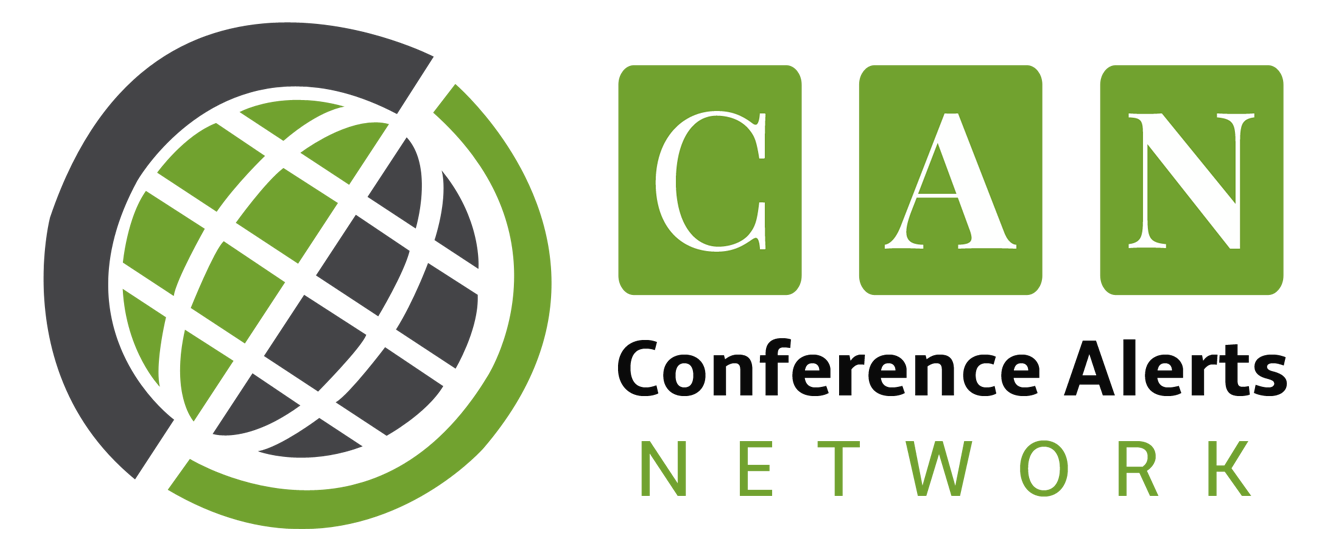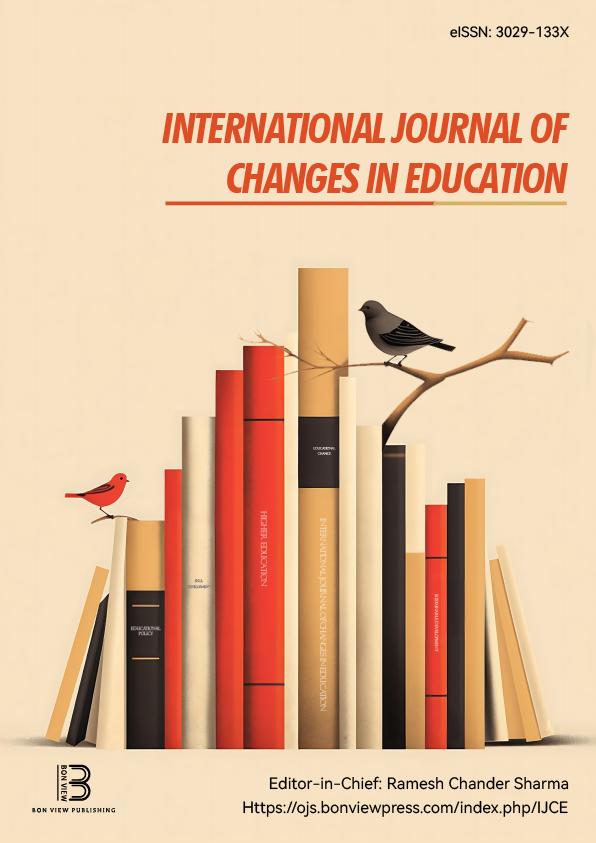Authenticity, Motivation, and Joy: The Role of Community Engagement in Content and Language Integrated Learning (CLIL)
Emily Drummond, Haverford College (United States)
Felipe H. Lopez, Seton Hall University (United States)
Brook Danielle Lillehaugen, Haverford College (United States)
Abstract
Frameworks like Content and Language Integrated Learning (CLIL) and Cultures and Languages Across the Curriculum (CLAC) highlight the value of combining language and content learning, particularly when that content conveys aspects of the language’s cultural context [1, 2]. In this paper, we explore the role of community engagement in CLIL, which provides rich cultural context as well as deeper authenticity, criticality, and opportunities for transformative learning [3]. We introduce Together with Humanities: Language, Community, and Power, a program at Haverford College (Pennsylvania, United States) that combines language and content learning across disciplines through ongoing, collaborative community partnerships. Together with Humanities supports co-taught courses and course clusters that feature instruction and/or collaboration with members of the target language community, often through public-facing projects.
We focus on one course cluster offered in 2024, which paired an upper division linguistics course on colonial Zapotec texts with a language course on (modern) Dizhsa (San Lucas Quiaviní Zapotec), an Indigenous language of southern Mexico. Students in both courses collaborated on a joint project to develop a prototype dictionary for Colonial Valley Zapotec, designed with and for Zapotec community members. Students also had the opportunity to learn from and collaborate with Zapotec language educators in person during a week-long trip to Oaxaca, Mexico. Preliminary findings from faculty and student reflections in this course and others reveal that community engagement prompts a deeper sense of authenticity and embodiment of course content; in addition, we observed increased motivation, confidence, and joy in language learning and strengthened peer-to-peer learning through classroom community building.
|
Keywords |
Community-based learning, CLIL, Indigenous languages, higher education |
|
REFERENCES |
[1] Coyle, D., Hood, P., & Marsh, D. (2010). CLIL: Content and Language Integrated Learning, Cambridge University Press. [2] Plough, I. C. (2016). Cultures & Languages across the Curriculum: Strengthening Intercultural Competence & Advancing Internationalization. Multicultural Education, 23(2), 46-51. [3] Mezirow, J. (2009). Transformative learning theory. In J. Mezirow, E. W. Taylor, & Associates (Eds.), Transformative learning in practice: Insights from community, workplace, and higher education (pp. 18–31). Jossey‐Bass. |
 Innovation in Language Learning
Innovation in Language Learning
